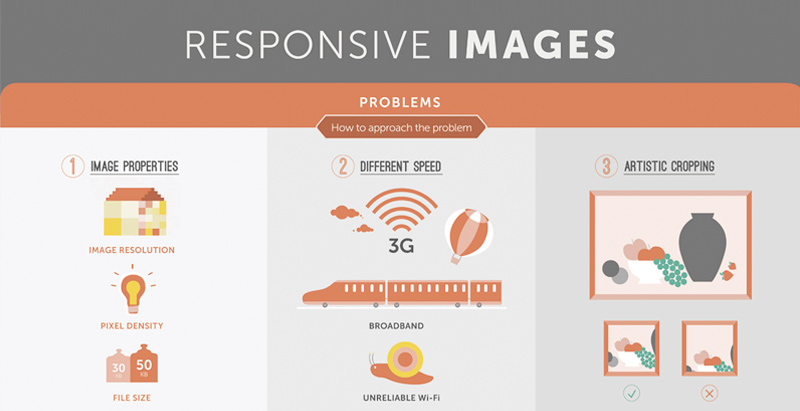The Development Of Internet Site Style: From Earlier Times To Currently
The Development Of Internet Site Style: From Earlier Times To Currently
Blog Article
Short Article Composed By-Thorsen Dalby
In the past, websites were basic and concentrated on info. Navigating was straight, and style was for desktop computers. Currently, browse around here is essential. Data overviews designs for very easy navigation. Receptive designs fit different devices. Today, dark setting minimizes strain, and minimalist menus boost navigating. Interactive attributes involve users, and bold visuals attract attention. AI assimilation boosts involvement. See just how design has actually evolved to improve your online trip.
Early Days of Website Design
In the early days of website design, simpleness reigned supreme. Websites were fundamental, with minimal shades, font styles, and designs. The emphasis was on supplying details rather than flashy visuals. Individuals accessed the internet with slow dial-up connections, so rate and capability were vital.
Navigation menus were straightforward, normally situated on top or side of the web page. Sites were made for desktop computers, as mobile browsing wasn't yet prevalent. Web content was king, and developers focused on simple readability over complicated style aspects.
HTML was the primary coding language used, and designers needed to work within its restrictions. Animations and interactive features were marginal compared to today's requirements. Sites were fixed, with little vibrant web content or customized user experiences.
Rise of User-Focused Style
With the advancement of site design, a change towards user-focused style principles has become progressively prominent. Today, developing internet sites that prioritize customer experience is important for involving site visitors and achieving business objectives. User-focused layout entails recognizing the needs, preferences, and behaviors of your target market to customize the internet site's format, content, and features as necessary.
Developers currently conduct detailed research, such as user studies and functionality testing, to gather insights and feedback directly from customers. This data-driven method aids in creating instinctive navigation, clear calls-to-action, and aesthetically appealing interfaces that reverberate with site visitors. By positioning the individual at the center of the style process, web sites can deliver a much more personalized and enjoyable experience.
Responsive design has likewise emerged as a crucial element of user-focused style, making certain that websites are optimized for different gadgets and display sizes. This versatility improves accessibility and usability, accommodating the varied methods users connect with websites today. Basically, the rise of user-focused layout signifies a change in the direction of creating electronic experiences that focus on the requirements and expectations of completion customer.
Modern Trends in Web Design
Explore the most up to date trends shaping website design today. One noticeable trend is dark setting style, using a smooth and contemporary look while lowering eye strain in low-light settings. One more key trend is minimal navigating, simplifying food selections and boosting customer experience by concentrating on essential elements. Incorporating micro-interactions, such as computer animated buttons or scrolling effects, can develop a much more interesting and interactive internet site. Responsive layout continues to be important, guaranteeing smooth user experiences across numerous tools. In addition, making use of strong typography and asymmetrical layouts can include aesthetic passion and draw attention to specific content.
Incorporating AI innovation, like chatbots for customer assistance or personalized suggestions, boosts individual engagement and enhances procedures. Availability has additionally end up being a considerable fad, with designers focusing on inclusive layout methods to satisfy varied individual requirements. Embracing sustainability by optimizing site performance for speed and performance is an additional arising trend in web design. Teaming up with customer comments and data analytics to iterate and enhance design continually is essential for remaining appropriate in the ever-evolving digital landscape. By welcoming these modern-day trends, you can develop a visually appealing, straightforward web site that resonates with your target market.
Verdict
As you review the advancement of web site style from the very early days to now, you can see exactly how user-focused style has actually become the driving force behind modern trends.
Accept the journey of change and adaptation in website design, constantly maintaining the individual experience at the leading edge.
Stay present with the most up to date fads and modern technologies, and never ever quit developing your strategy to develop aesthetically magnificent and user-friendly web sites.
Advance, adapt, and develop - the future of web design is in your hands.
